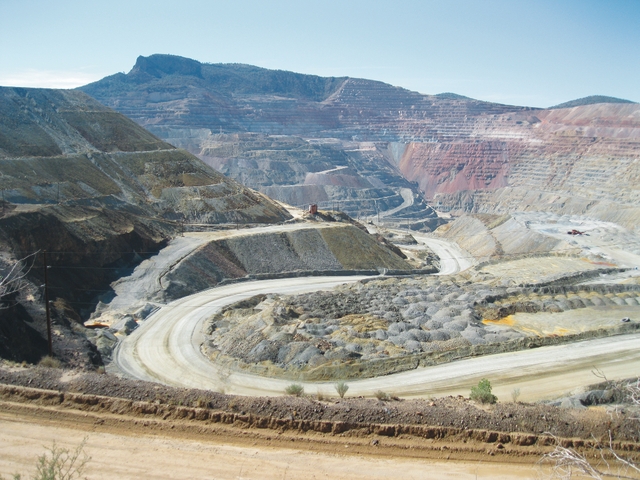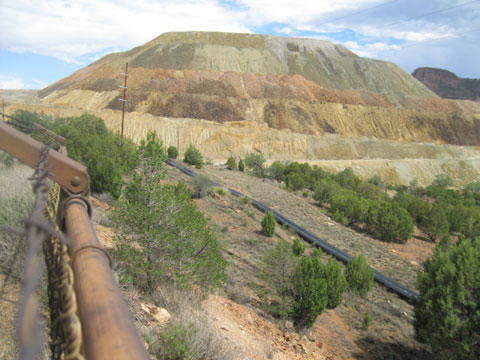The Toxic Tales Of Susana Martinez: How Mining Giant Freeport Mcmoran Is Rewriting Environmental Laws In New Mexico
How Mining Giant Freeport-Mcmoran Is Rewriting Environmental Laws In New Mexico



David Correia



